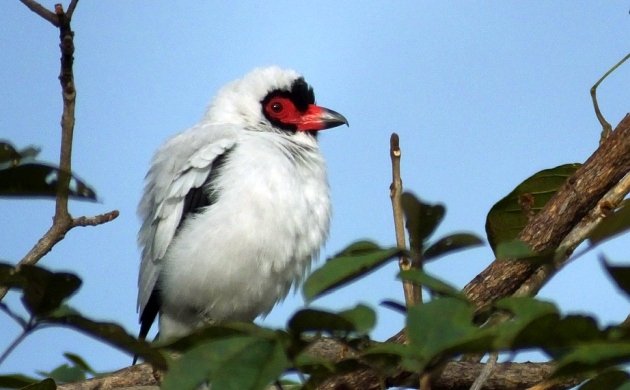
EBird! It’s part of modern birding. In some parts of the world, it seems like most birders use it, myself included and why not? Make a bird list for anywhere, anytime and on a hand held device! Don’t have a connection? No problem! Note birds the old fashioned way (that would be writing on paper) and submit those observations back at the homestead or wherever you have a connection. The only suggestion I would make is accompanying eBird submissions with a drink of your choice, or pizza, or chocolate or some other treat because just as with watching birds, life is meant to be celebrated.
While enjoying that post birding limoncello, don’t forget to take advantage of the media uploading options on eBird to touch up the bird list with images and recordings. That way, we can make a regular old bird list more like an exciting digital trip report while also documenting sightings.
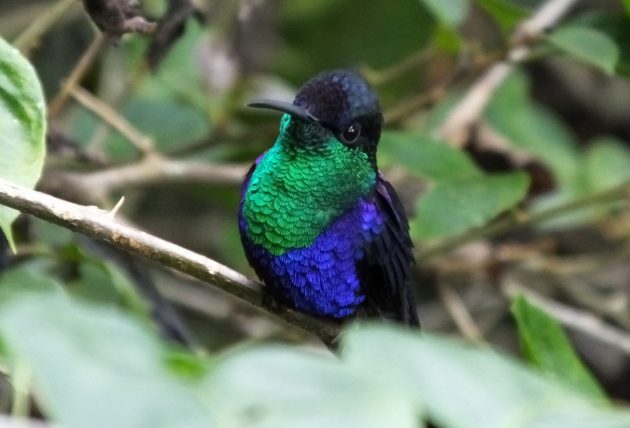
As if submitting bird lists straight into the relative permanence and safety of the cloud wasn’t cool enough, we can also visit the main eBird site to find out what has been seen like almost anywhere. Going birding in Hawaii? Check it out! How about Thailand? There might be some good recent gen. on the latest locations for sneaky Blue Pittas. Before the eBird revolution, such near immediate bird sighting information for so much of the globe was never possible. Now, a birder could even plan an entire trip to Costa Rica with eBird data.
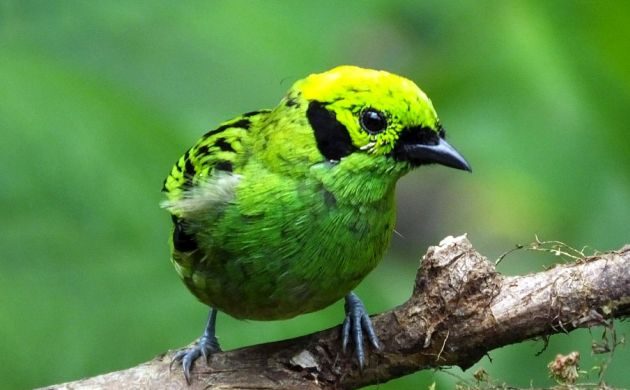
Well, you could, BUT there are a few good reasons for maybe not going that bird planning route at least for Costa Rica. EBird is wonderful in many ways, including for use in planning trips (and I do love it too) but you may want to think twice before making our favorite birding-related Internet tool the one and only source for organizing a birding trip. These are some things to keep in mind when using eBird before, during, and after a trip to Costa Rica:
Before the trip
When to Go
You have decided to finally visit Costa Rica and yes you are allowed to get excited because the birding is indeed fantastic. The official bird list is well over 900 species and literally hundreds of fantastic tropical birds are accessible but when to go? It seems like most trips take place from January to March but is that the best time of year to visit Costa Rica? According to eBird bar charts, most of the resident species are also seen at other times of the year.
This is true, you don’t need to visit Costa Rica during the high season to see more resident bird species, they are indeed present all year long. Although seasonal bar charts for Costa Rica may have been biased towards the dates when most tourists are present, this has probably been compensated by increased eBird use by local birders. The high and dry season just also happens to be when most folks would rather escape the winter blues. But what about places to go?
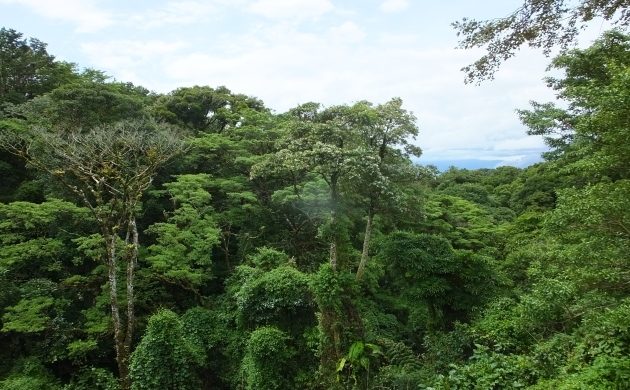
Where to Go?
The hotspots mentioned in EBird would seem to be good places to visit because after all, those are the places that have the most birds right? Well… not necessarily. Although various listed hotspots in Costa Rica are excellent sites, some may be better for certain birds or access than others and we just can’t know this information by looking at the hotspot list in eBird. Other hotspot sites are just regular, average birding sites although the good thing about Costa Rica is that even those regular sites are great!
Hotspot List Bias
Not to mention, some hotspots as well as other sites may have long lists but their accuracy is another story. Lists at several sites in Costa Rica tend to be biased just by the fact that those classic sites are birded more often than other places and thus show more data and species. This doesn’t mean that those sites are bad (they are great for birding), just that one shouldn’t feel that they are the only places to go birding and that all of those bird species will be present. In fact, several listed species do not occur, no longer occur, or were actually seen at sites near the main hotspot. Also related to hotspot bias is the lack of coverage at many other sites that in turn results in eBird mobile lists that are incomplete or show some regular species as being “rare”.
The eBird Review Factor
Don’t reviewers take care of those accuracy issues? Yes, they do but the review list for the country is long and it’s all too easy for various species that have been recorded to be overlooked whereas other specie that are hard to detect tend to be under-reported. That said, since our local eBird reviewer group has grown substantially during the past two years, the accuracy of the overall data will improve with time.
The Rare Tropical Bird Factor
As with other tropical sites with high biodiversity, many birds in Costa Rica are naturally rare. Since low density populations are the norm for many species, even though 200 species might be shown on an eBird list for a site, even if the list is accurate, all of those species can’t be expected during one or even three visits.
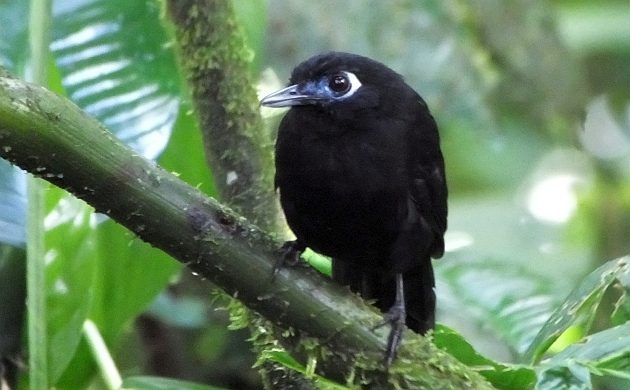
During Birding Time in Costa Rica
eBird Mobile
Now that you have arrived in Costa Rica, you can keep using eBird in Costa Rica to submit lists and to see where rare birds have been seen! Well, yes and no. Submitting lists in real time depends on whether your device has coverage or whether you set up your device to submit lists where you don’t have coverage. If you set up coverage for Costa Rica before the trip, some sites still might not have any sort of cell coverage. I know it’s like that for me when birding in Braulio Carrillo National Park or other remote sites with fantastic habitat. This might actually be a blessing in disguise because if I use eBird mobile in the field, I tend to miss birds. Instead, I take notes or just keep track of what I hear and see and make a list at lunch or back at the hotel.
However, no matter how eBird mobile is put to use, make sure to have the list show all rare birds. This is because some birds shown as “rare” are actually expected, especially in sites that see less coverage.
Checking eBird for Sightings in Country
This is helpful for unmistakable, rare species like Jabiru, Bare-necked Umbrellabird, and Lovely Cotinga, but might not be worth checking for hundreds of other more expected species that aren’t necessarily attracted to a particular fruiting tree or wetland. Although the cotingas and Jabiru might still be using the same spot a few days after the report, species like Plain Antvireo might be found on a trail one day and then be strangely absent the next on account of low density populations or just being hard to detect. Basically, although it will show you what has likely been seen, that doesn’t mean that you should fully expect those same bird species.

After the Trip
As with eBirding anywhere, don’t be surprised to get an email or two from a reviewer. However, if you feel like responding (and we hope you do!) with “the guide identified it”, the record probably won’t be accepted. As with other places, trust the reviewers, we know what we are doing, don’t take it personal, we just want to improve the eBird data for Costa Rica.
When it comes down to it, eBird is still an excellent tool for any birding trip to Costa Rica but, whether using it before or during the trip, just remember to not put all your faith in the eBird data and remember that many species are rare and always going to be tough to find. Use eBird in conjunction with field guides for Costa Rica and recent trip reports and most of all, keep in mind that the highest numbers of bird species will be found in the areas with the most extensive areas of quality habitat whether there is an eBird list for that site or not.










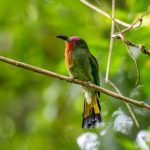

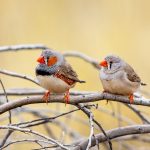
Super helpful, thank you! And as always, amazing photos and birds.
Brilliant 🙂